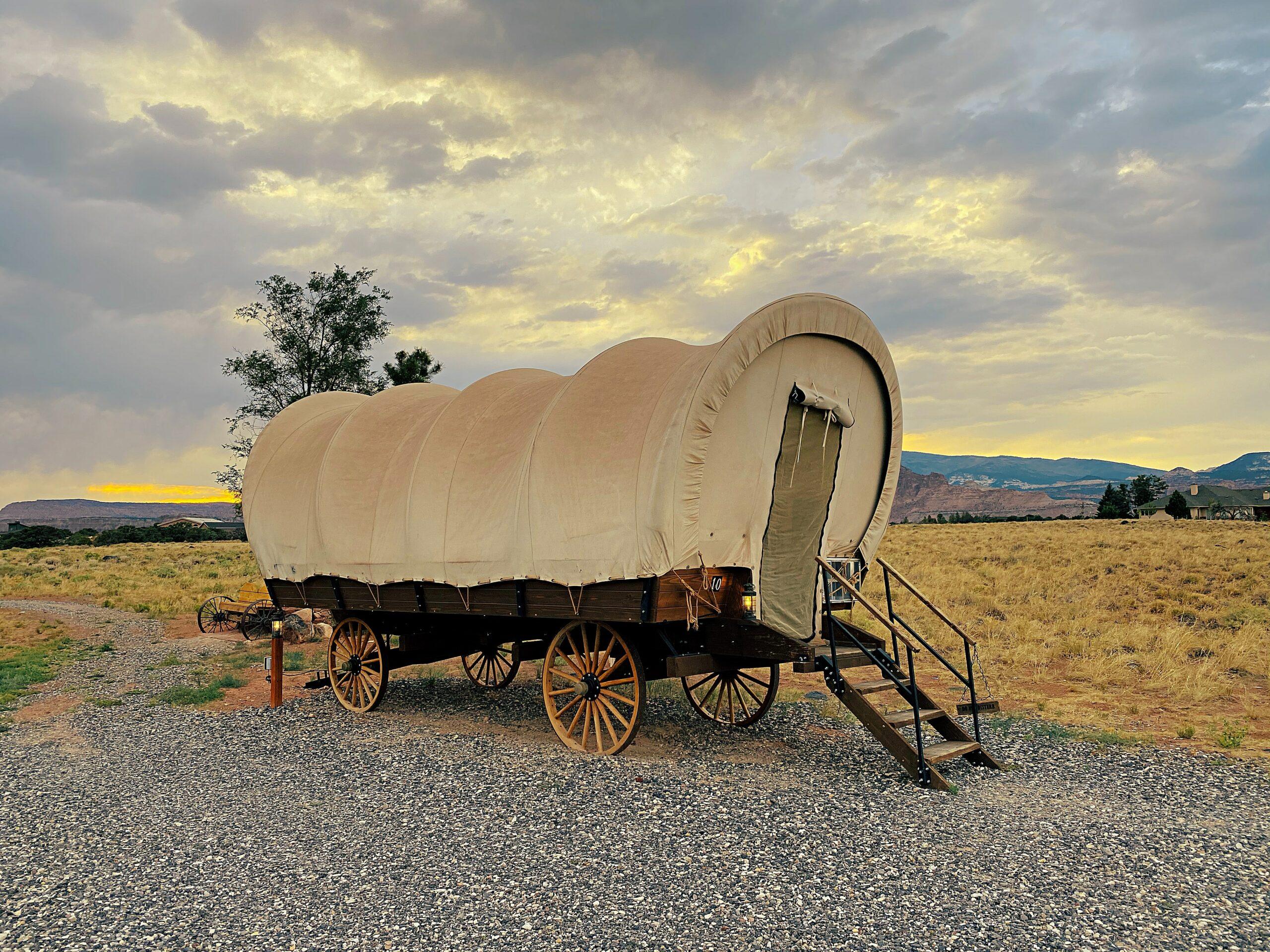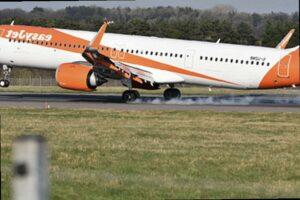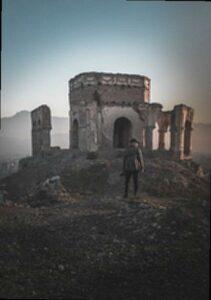You’ve probably heard the term ‘witnessing history’ to describe important events that changed the course of world history. Well, the pioneers who settled the American west were certainly ‘witnesses’ to some extraordinary events that changed not only their own lives but also the course of American history. As one of the most iconic symbols of the American west, the covered wagon is an object of curiosity and fascination for people around the world. It is interesting to ponder how far these wagons could travel in a day. Many wagons were equipped with bicycles that could be used to help pull the heavier loads. This gave the pioneers the ability to travel longer and further than ever before.
From the Beginning
The first wagons were basically just large metal boxes on wheels, and they were used to transport goods and tools. These early wagons were used mostly in rural areas and for smaller distances. The earliest recorded covered wagons date back to the 1860s, when the railway companies first started using them to transport people and mail for the government. It wasn’t until the late 1800s, when cars became available, that people really started to use covered wagons for their intended purpose. These were the years of the American west, when people were heading out into the country to start new lives and see the American plains for the first time. It was around this time that the phrase, ‘Going West was once considered a cultural and literal rite of passage for American youths. It was the start of a new life, free from the confines of cities and the burdens of adulthood. Even now, as we approach the 100th anniversary of this rite of passage, people are still traveling West in search of the American dream.
The Power Of Paddles
The paddle-driven craft was another important innovation that allowed the pioneers to travel longer and farther than ever before. There are a number of different types of paddles that were used, but most were just large paddles designed to propel a canoe or small boat forward. These were attached to the outside of the wagon by a suitable hitch so that they could be operated simultaneously by several people in the course of driving. They could also be used to assist in steering, especially in rough waters. It is estimated that 40% of canoes and kayaks currently in existence were built in the 19th century, and it has been suggested that they were used to explore more remote parts of North America during this time. The power of the paddle was essential for the pioneers who lived on the land, as it allowed them to travel deeper into the wilderness and access more remote parts of the country. If the terrain became especially treacherous, they could always switch to other modes of transportation.
No Place Like Home
One very important consideration for the pioneers was the question of where they were going to stay once they arrived at their destination. One option was to stay in a hotel, which was already becoming a thing back then. Another possibility was to stay in a camp, where tents were put up for shelter. These were the typical places where they would spend the winter months. There is also a camp song that was created back in those days called, ‘There’s No Place Like Home.’ It wasn’t until the 20th century that proper housing came in a form that we recognize today. These were the years of the Great Migration, when thousands of people were moving to California looking for their piece of land to call their own. The development of the trailer gave the middle class the option of relocating to the suburbs and taking their houses along for the trip. The motor car made it possible for people to travel further and further from their homes, leaving them behind for longer periods of time. It was during this time that people really started to appreciate the convenience of having a mobile home in the country, away from the hustle and bustle of city living. If you’re new to the idea of caravanning, check out what mobile homes are available and see how far you can go in one day. It would be a shame to arrive at your destination only to find that your mobile home is stuck in the mud because there were no good spots to stop off at along the way. Also, think about the environment. It’s one thing to drive a car on a highway, but it’s another to do it on a dirt road, especially if there are no other cars around for miles and miles. These were the kinds of things people were thinking about back then, and they didn’t have cars or cell phones to distract them from serious conversation.
One Of The Most Iconic Vehicles Of All Time
It is pretty hard to talk about American pioneer life without mentioning the iconic covered wagon. These were the years when everyone and their uncle had one, and for good reason. Not only were they practical, but they also symbolized the American spirit of independence and innovation. One of the reasons why the covered wagon is such an important icon is because it transcends time and place. You could drive one across country and show up in the town square of any American city, and people would still know what you are talking about. The same goes for all the other wagons used by the great pioneers who built this country. The iconic status of the covered wagon is testament to the fact that it was designed to last the hard travel of those days, and it still works as well as new. It is probably one of the most recognizable vehicles in the world, and it’s easy to see why. It has stood the test of time and keeps its original form because it is manufactured to the same high standards that have been in place for over a century. It’s pretty incredible to think about how far these wagons could travel in a day. When you add in the power of the paddle and the possibility of using bicycles to help out, it will be clear why people were so excited about being pioneers in the first place. These were the years when everything changed, and people were eager to see what was possible.




